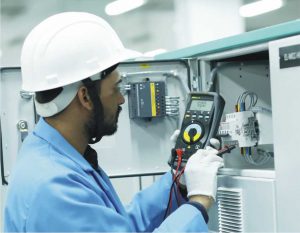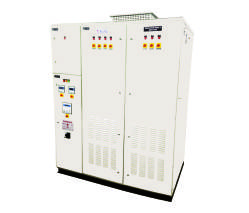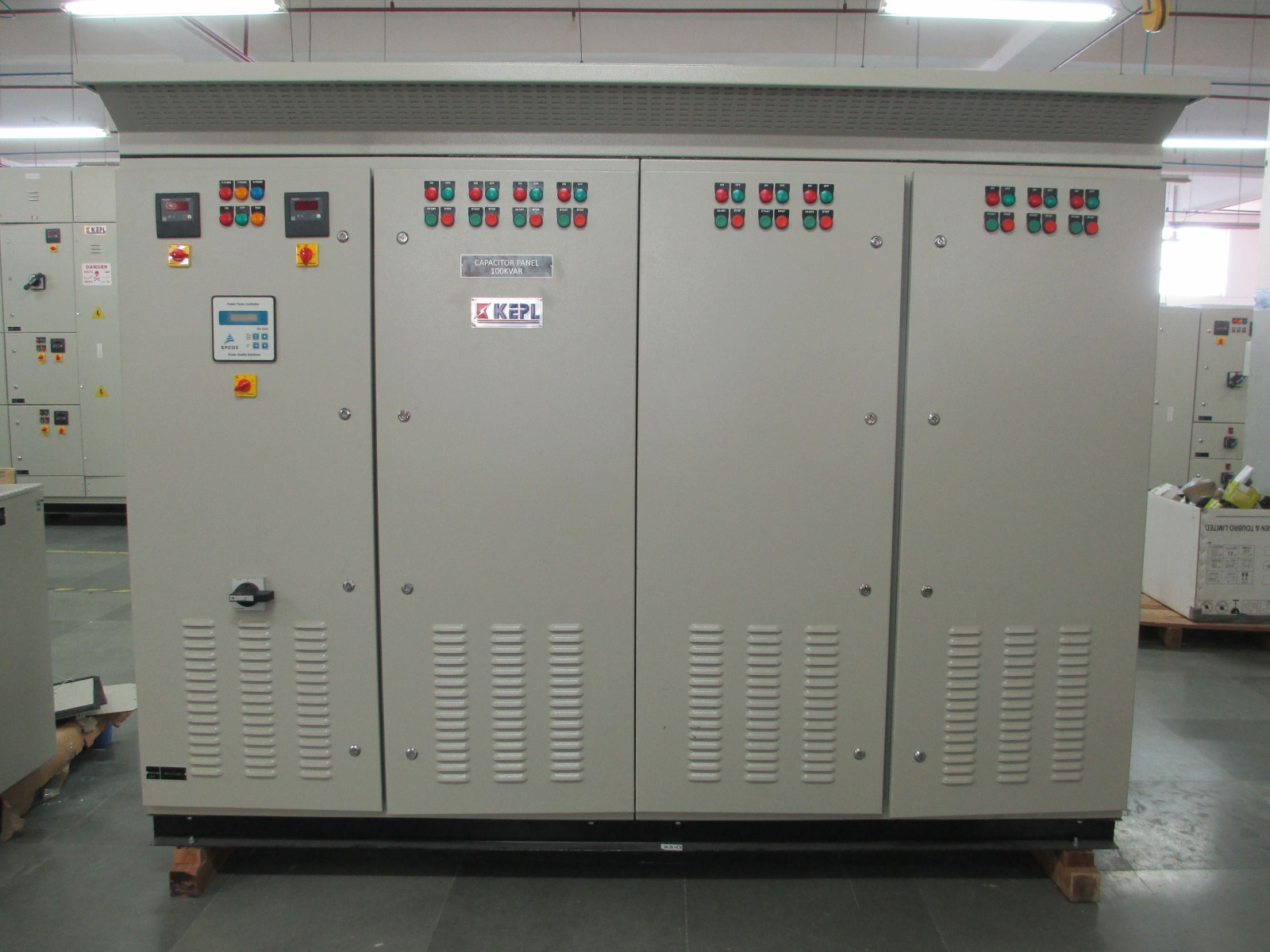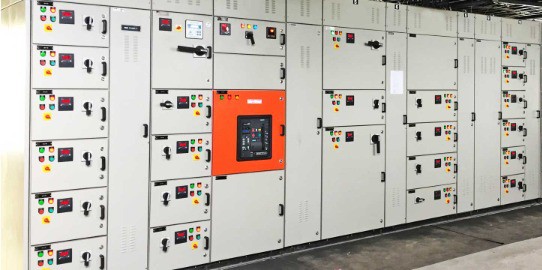Decoding the Powerhouse: An In-depth Look into HT Panels
In the world of electrical power distribution, HT panels play a pivotal role in efficiently managing high-voltage electricity. These robust and essential devices ensure the safe transmission of power from power stations to substations, industrial complexes, and large commercial buildings. In this blog, we will delve into the intricacies of HT panels, exploring their components, types, working principles, functions, and the critical role they play in handling high voltages.
What is an HT Panel?
HT Panels, which stands for High Tension Panels, refer to electrical systems operating at voltages greater than 1,000 volts. An HT panel, a high-tension switchgear or a high-voltage panel, is a critical component in such systems. It acts as a central hub for controlling and distributing electrical power, ensuring efficient power management and protection against electrical faults.
Components of an HT Panel

HT panels have several key components that work harmoniously to facilitate safe power transmission and distribution. These components include:
- Circuit Breakers: These devices are responsible for interrupting the flow of electricity in the event of an overload or a fault, thereby protecting the system from damage.
- Isolators: Isolators provide a means to disconnect specific parts of the electrical network for maintenance purposes or in case of emergencies. They ensure the safety of personnel and prevent damage to the system.
- Current Transformers: Current transformers measure the current flowing through the system and provide accurate readings for monitoring and control purposes.
- Voltage Transformers: Voltage transformers step down high voltages to a manageable level, enabling accurate voltage measurements and providing suitable voltages for instruments and control systems.
Types of HT Panels
HT panels come in various configurations, each designed to suit specific applications and voltage levels. The common types of HT panels include:
- Indoor HT Panels: These panels are designed for installation in indoor substations or control rooms, providing protection against dust, moisture, and environmental factors.
- Outdoor HT Panels: Built to withstand harsh weather conditions, outdoor HT panels are installed in outdoor substations and power distribution yards, ensuring reliable power supply in diverse environments.
- Ring Main Units (RMUs): RMUs are compact HT panels suitable for compact urban installations. They integrate circuit breakers, isolators, and transformers into a single unit, simplifying the system design and reducing space requirements.

Working Principle
HT panels operate on the principle of selective coordination and fault containment. When an overload or fault occurs, the circuit breaker within the HT panel trips, interrupting the current flow and isolating the faulty section. This prevents the fault from spreading to other parts of the electrical network, minimizing damage and ensuring uninterrupted power supply to the unaffected areas.
Functions of HT Panels
HT panels serve several crucial functions in high-voltage electrical systems. Some key functions include:
- Power Distribution: HT panels act as a centralized hub for distributing power from the power source to various loads and substations, ensuring efficient power flow.
- Load Management: HT panels facilitate load monitoring and management, allowing for balanced power distribution and preventing overloads.
- Fault Protection: The circuit breakers in HT panels provide protection against electrical faults, such as short circuits and overcurrents, preventing damage to equipment and ensuring the safety of personnel.
Voltage in HT Panels
HT panels are specifically designed to handle high voltages, typically ranging from 3.3 kilovolts (kV) to 36 kV. These voltage levels are suitable for industrial and commercial applications where significant power requirements are present.
Conclusion
HT panels play a crucial role in high-voltage power distribution systems, providing efficient power management, fault protection, and safe operation. Understanding their components, types, working principles, functions, and voltage capabilities helps us appreciate their significance in maintaining a reliable power supply and safeguarding electrical networks. As technology continues to advance, HT panels will evolve further, contributing to the ever-growing demand for efficient and secure power distribution solutions.







